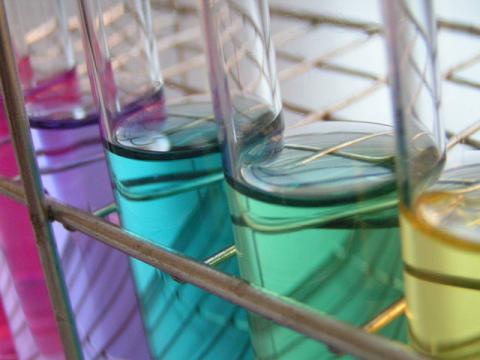
The practical difficulty in accurately preparing and storing exact solvent concentrations often precludes their use. Multiple solvent mixtures are even more difficult to adequately control.
It has therefore become common for an analyzer to be calibrated using a "reference" gas such as methane, propane or hydrogen in the regular calibration of the analyzer. In cases where the analyzer is to be calibrated using a reference gas in place of calibration with the exact solvent mixture to be measured, it is important to obtain documented calibration curves for each of the solvents. It is also critical that the sensor's response in linearity, aging effects, desensitizing effects, etc. be nearly identical to the sensor's response to the solvent being measured.
- For example, catalytic bead sensors which are calibrated using hydrogen and then are used to measure solvents will generally loose their sensitivity to solvent before they loose their sensitivity to hydrogen, creating the possibility of large errors as the sensor ages or is desensitized by poisons. Conversely, when methane calibration gas is used, the sensor will most likely loose its response to methane before is looses its response to solvents, thereby creating the possibility of large "safe-side" errors in the readings and false alarms. These errors will occur regardless of the frequency of calibration of the sensor using the reference gas, and can only be discovered by a calibration test using a known concentration of solvent.

Add new comment